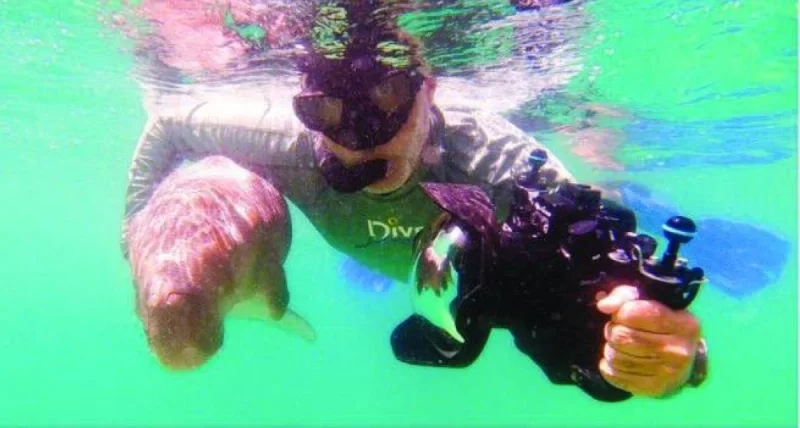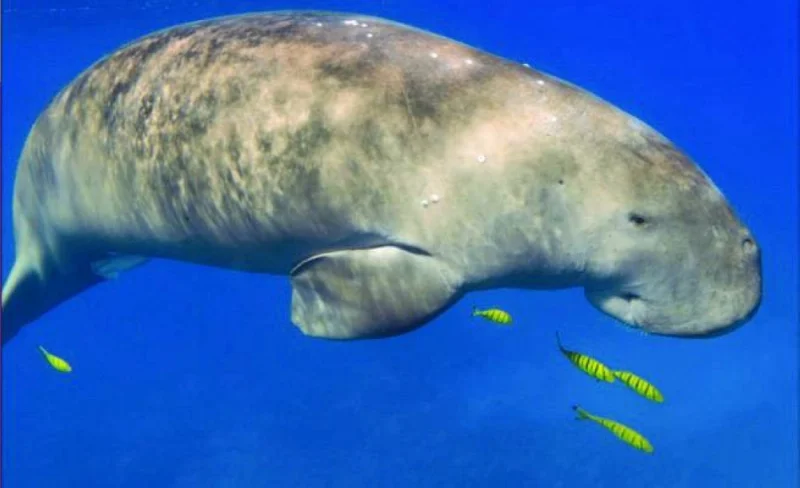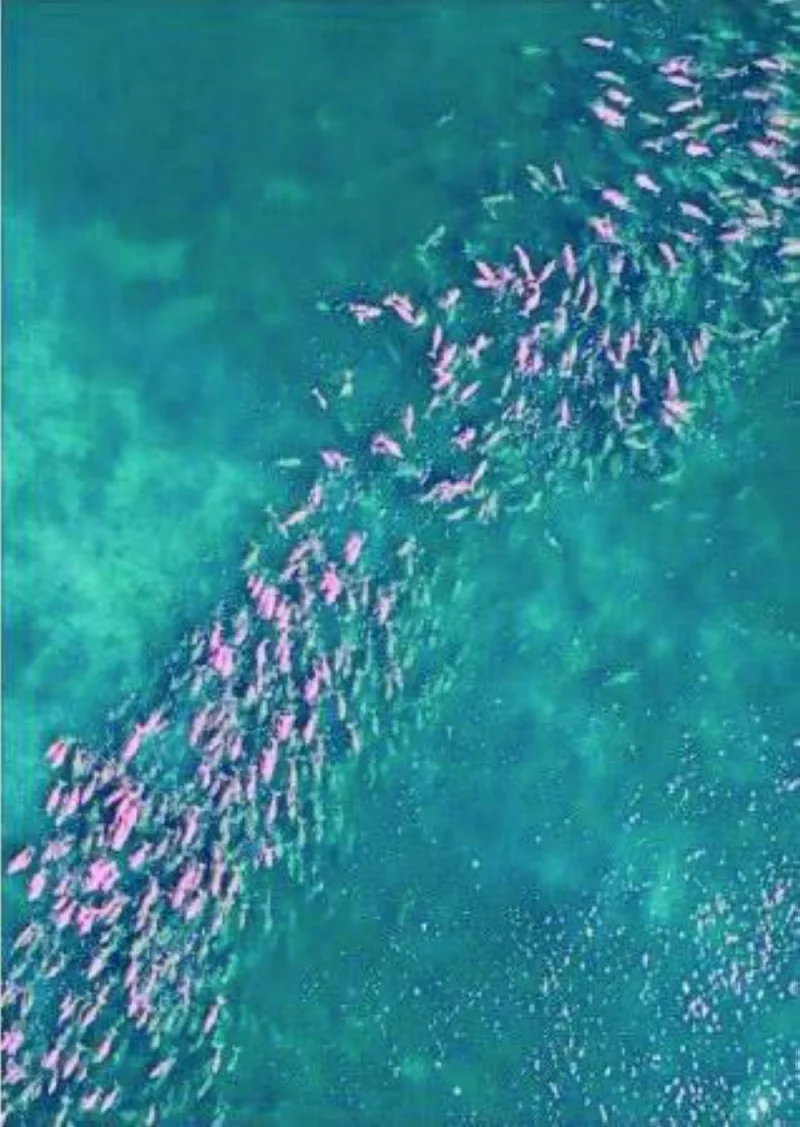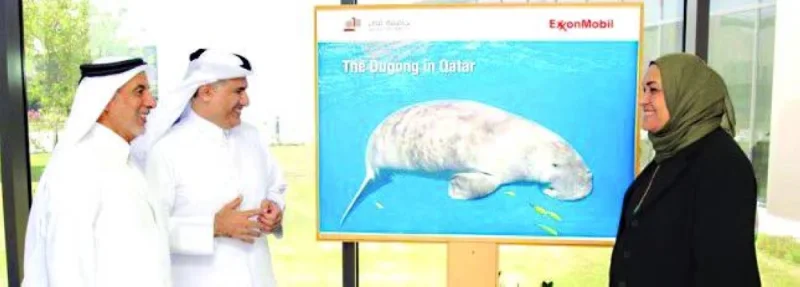A collaborative research between Qatar University (QU) and ExxonMobil is using drone technology to study the dugong population dynamics in the northwest coast of Qatar, home to the second largest population and the largest gathering of the marine mammal in one location.
The research team comprised Dr Mohsen al-Ansi al-Yafei and Dr Yousria Soliman, associate professors in the Department of Environmental and Biological Sciences at QU, ExxonMobil's researcher Ismail al-Sheikh and a number of assistant researchers.
The Gulf is home to a large population of dugongs also known as Sea Cows. Previous studies conducted in the Gulf have estimated the numbers of dugongs at approximately 6,000. The studies that extended for a period over 13 years and covered the coastal waters of Saudi Arabia, Bahrain, Qatar and the UAE, spotted the largest single group of dugongs ever reported in the world, numbering about 674, between Bahrain and Qatar.
Although the number of dugongs in the Arabian Gulf is the second largest in the world after Australia, there are no accurate estimates of the numbers of dugongs in the region.
According to an article by Dr Soliman published on the latest edition of the QU research magazine, using an unmanned aerial vehicle, the current study aims to explain the conditions that support the single largest gathering of dugongs in northwestern Qatar. The study highlights that currently the dugong population in the location is estimated to exceed 1,000. The study extended for more than three years and included repeated aerial surveys using drones.
Another intensive seasonal marine survey monitored changes in the quality and density of sea grasses, which represent the main feeding grounds for dugongs. The observed changes in the population density over the study period was related to births, deaths, changes in habitats, fishing and boat accidents. The population age structure was also evaluated by measuring the ratio of calves to adults, as it is considered one of the indicators that help predict the extent of the increase or decrease in numbers of dugongs in the future.
An accurate count of dugongs is crucial to the goal of their management and to understanding the dynamics of the populations inhabiting the area. Obtaining an accurate count of the number of animals is difficult, especially in the marine environment. This is due to the difficulty of counting, as observers do not see the animals because they are covered, either by water or plants, or they respond to the presence of observers and leave the place before they are seen. Since dugongs are spread over wide areas, trying to count their numbers is very difficult. emote photography technology using drones provides a useful tool for measuring population density in an effective and more accurate way.
Since the survival of sea cow populations depends on the quality and density of sea grass habitats, the researchers also conducted quantitative and qualitative measurements for changes in sea grass habitats over several different seasons to determine the extent of change in these habitats, which are considered as home to sea cows. Understanding the dynamics of dugong populations and how they respond to the changing marine meadow habitats is one of the keys to successfully managing and thus conserving marine life and dugong population.

Calves depend on their mothers for over two years, as shown in a photo with a researcher and an orphaned calf.

The Gulf is home to a large population of dugongs also known as Sea Cows.

Aerial survey using drones to monitor dugongs in Qatari coastal waters

Dr Mohsen al-Ansi, Ismail al-Sheikh, and Dr Yousria Soliman

